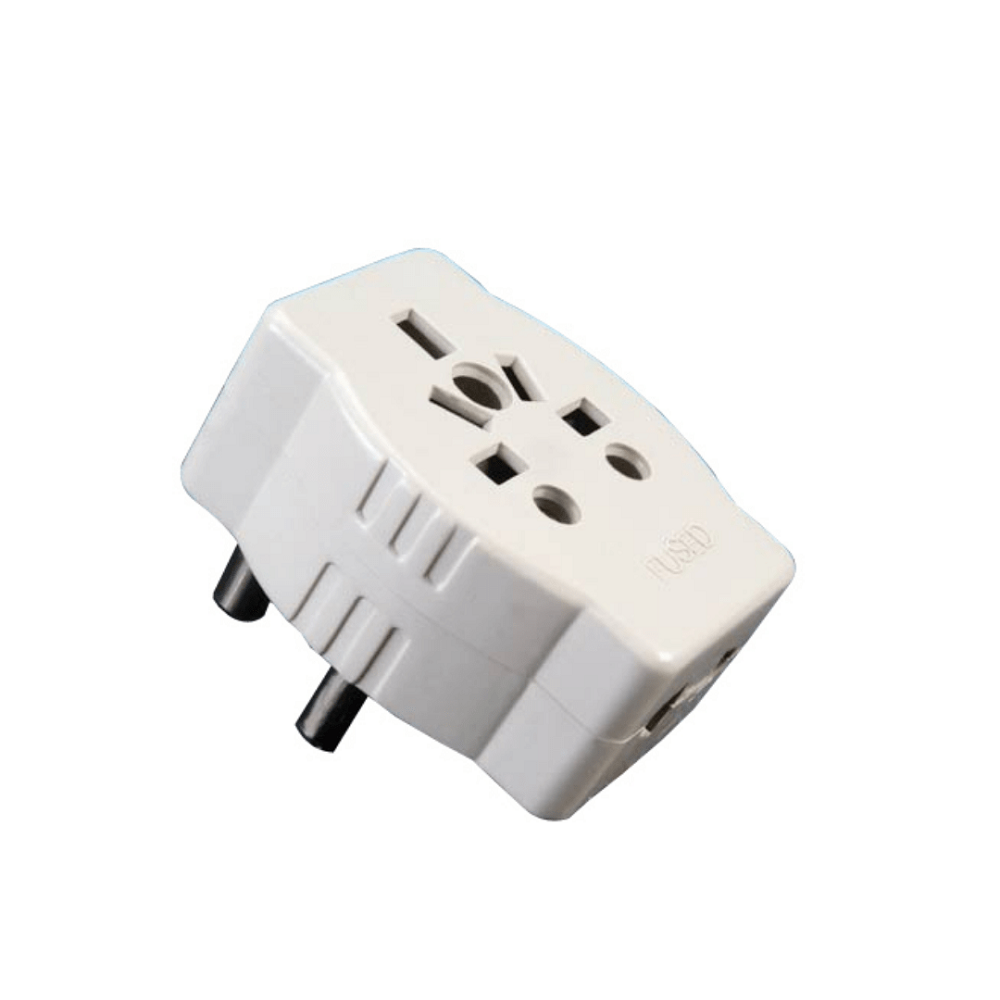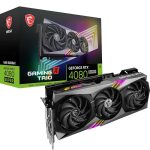Adapters play a vital role in our technology-driven lives, allowing us to connect devices that would otherwise be incompatible. Whether you’re a casual user or a tech enthusiast, understanding the various types of adapters available can enhance your experience and productivity. This article breaks down the most common types of adapters, focusing on their functionalities, uses, and features. We will explore how each adapter can serve your specific needs, from USB to HDMI and beyond.
USB Adapters
USB-C Adapters
USB-C has gained prominence as the standard connection for many modern devices, including laptops, smartphones, and tablets. Its reversible design allows for easy plugging without worrying about orientation. USB-C adapters come with various functionalities, enabling users to connect devices to different interfaces.
For instance, a USB-C to USB-A adapter allows users to connect older USB devices to newer laptops and tablets equipped with USB-C ports. Moreover, USB-C hubs are gaining popularity as they allow users to connect multiple devices, including external hard drives, mice, and keyboards, simultaneously. Such versatility makes USB-C adapters an essential accessory for anyone looking to maximize productivity.
USB-C to HDMI Adapters
With the rise of high-definition displays, USB-C to HDMI adapters have become increasingly popular. These adapters enable users to connect their laptops or smartphones directly to a TV, projector, or external display. This connection allows for seamless media streaming, presentations, or general screen mirroring.
Ideal for both entertainment and work purposes, a USB-C to HDMI adapter supports 4K resolution, enabling an excellent viewing experience for movies and games. When purchasing an adapter, ensure that it is compatible with the resolution you require, especially if you plan to use it for high-definition content.
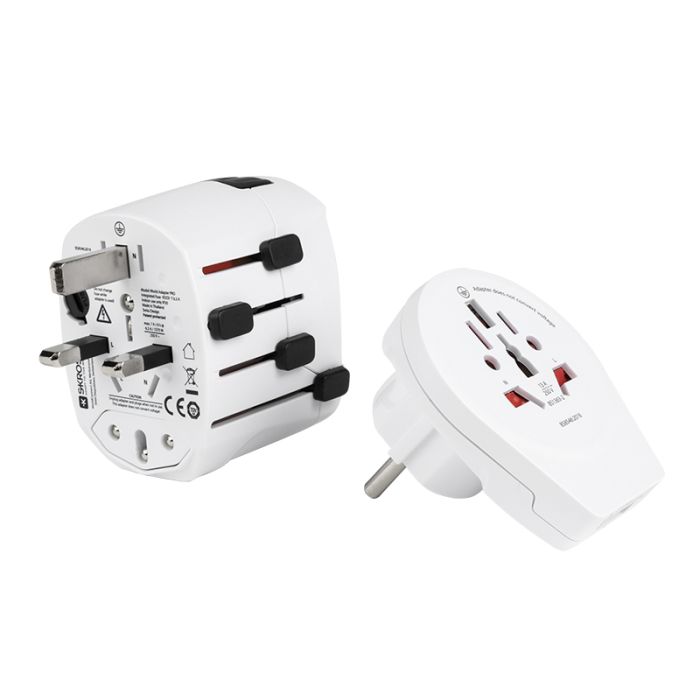
HDMI Adapters
HDMI to VGA Adapters
Though HDMI is the standard for modern digital displays, many older projectors and monitors use VGA, a technology that predates HDMI. HDMI to VGA adapters bridge this gap, allowing users to connect modern devices to older displays.
When selecting an HDMI to VGA adapter, it’s essential to choose one that supports the appropriate resolution for your needs. Most adapters will easily handle up to 1080p, which suffices for most presentations and basic usage. Look for adapters that also feature a 3.5mm audio output, as VGA does not transmit audio. This feature will add convenience for presentations that require sound.
HDMI to DisplayPort Adapters
HDMI to DisplayPort adapters come in handy when connecting HDMI devices to monitors or projectors that only support DisplayPort connections. Since DisplayPort is known for its higher bandwidth capabilities, this combination opens up new possibilities for high-resolution displays and configurations.
Many users appreciate HDMI to DisplayPort adapters for their efficiency, especially in multi-monitor setups. It’s important to verify whether the adapter supports both video and audio output, as some adapters may only transmit video signals. Always check the specifications to ensure compatibility with your devices and desired setups.
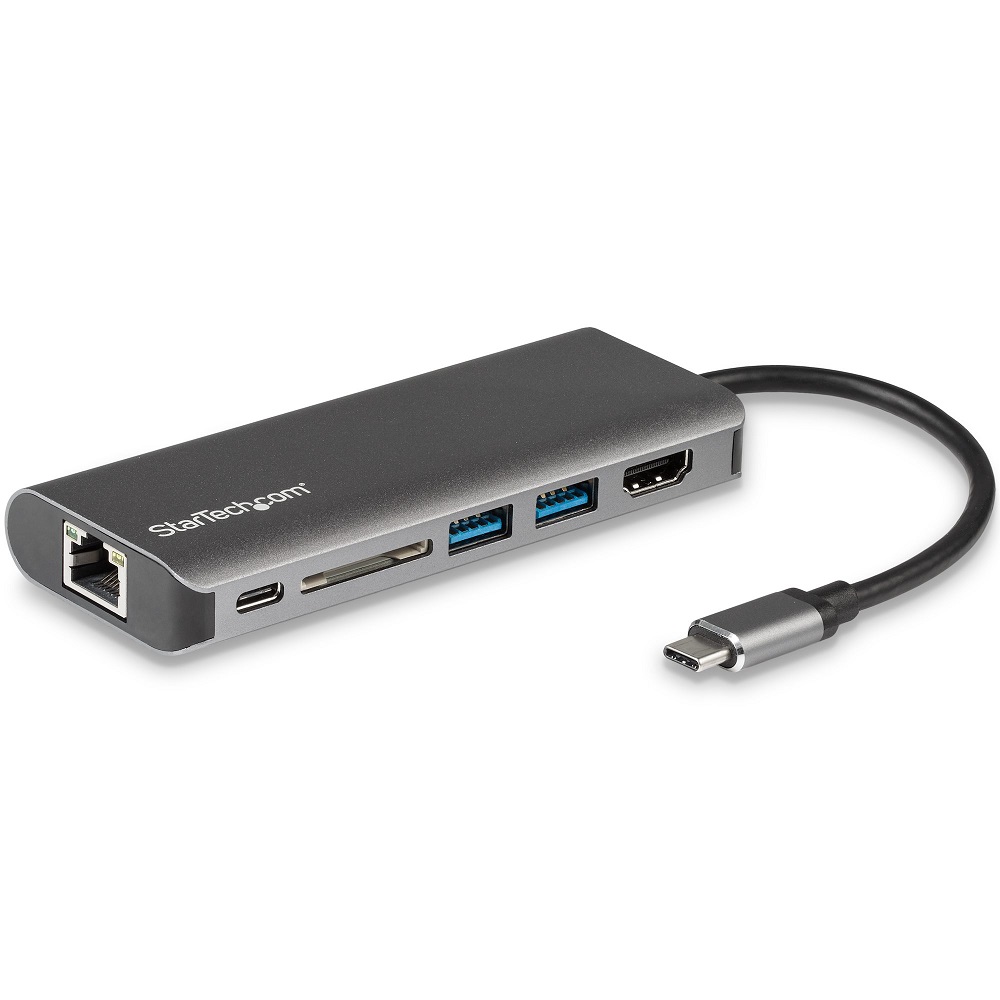
VGA and DVI Adapters
VGA to HDMI Adapters
As many older display devices still rely on VGA connectors, VGA to HDMI adapters serve as a practical solution for connecting these legacy devices to modern digital displays. This adapter converts analog VGA signals into digital HDMI signals, enabling connection to newer TVs and monitors.
When using a VGA to HDMI adapter, ensure the model also includes a power source, typically via USB, for optimal performance. Some adapters come integrated with audio capabilities as well, allowing users to achieve a complete audio-visual experience without needing separate cables. This all-in-one functionality makes them valuable for users transitioning from older technology.
DVI to HDMI Adapters
DVI (Digital Visual Interface) is another older video output standard still found in many monitors and graphic cards. DVI to HDMI adapters provide a simple solution for interfacing devices that require DVI output with HDMI-supported displays. The good news is that DVI can carry both digital and analog signals, making this combination quite flexible.
When purchasing a DVI to HDMI adapter, consider whether you require single-link or dual-link DVI support. Dual-link DVI allows for higher resolutions and refresh rates, benefiting users who need high-performance displays. This knowledge will help ensure you find the right adapter that meets your specific requirements without compromising quality.
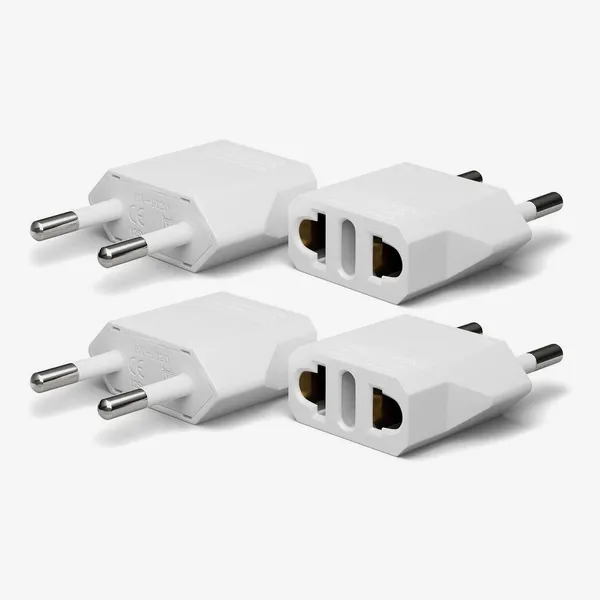
Audio Adapters
3.5mm Audio Splitters
Audio splitters are simple yet important adapters when it comes to distributing sound from a single audio source. A 3.5mm audio splitter allows you to connect two sets of headphones or speakers to one device, enabling shared listening experiences. This device typically includes two female 3.5mm ports that easily connect to your favorite audio gear.
These splitters offer a straightforward solution for friends or couples who wish to enjoy movies, music, or games together. While using an audio splitter, be mindful of the volume levels; otherwise, one user’s sound may overshadow the other’s. Look for splitters that prioritize sound quality to ensure a pleasant listening experience for all parties involved.
Optical to 3.5mm Adapters
Many modern sound systems, TVs, and other devices feature optical audio outputs but lack 3.5mm audio jacks. An optical to 3.5mm adapter allows you to connect devices with optical audio outputs to speakers or headphones with 3.5mm inputs. These adapters ensure that you can utilize your sound system effectively without being limited by incompatible formats.
When selecting an optical to 3.5mm adapter, verify compatibility with your device’s specifications. Some models even come equipped with built-in digital-to-analog converters, which can enhance audio quality by reducing signal loss. Finding the right adapter ensures an uninterrupted and enjoyable audio experience, even across different devices.
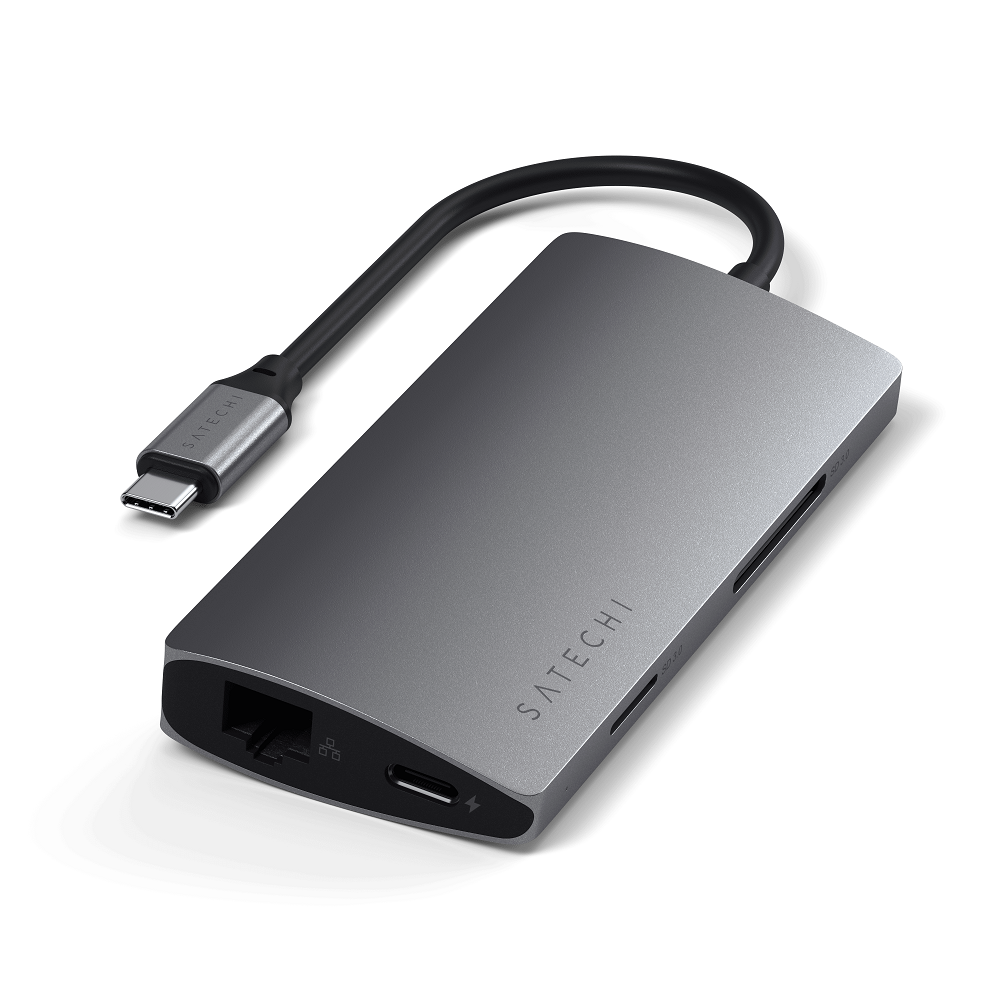
Power Adapters
USB Power Adapters
With the proliferation of USB-powered devices, USB power adapters have become essential tools for charging a wide variety of gadgets. These adapters come in various forms, including wall chargers that plug directly into electrical outlets and portable power banks for on-the-go charging.
When shopping for USB power adapters, consider the output wattage to determine how quickly your devices will charge. For example, a power adapter with higher wattage is generally better for devices with larger batteries, such as tablets or laptops. Additionally, ensure that the adapter supports the fast charging protocols for your specific devices, as this can significantly speed up charging times during busy days.
Multi-Port Wall Chargers
As device usage multiplies, multi-port wall chargers are gaining popularity for their convenience. These chargers typically feature multiple USB ports, allowing users to charge several devices simultaneously. This is particularly useful for families or individuals who travel with multiple gadgets, eliminating the need for several separate chargers.
When choosing a multi-port wall charger, verify the total output capacity and the output per port. Some chargers provide smart charging features that deliver optimal power to each connected device. By using multi-port chargers, you can streamline your charging process and keep your tech powered up without cluttering your space.
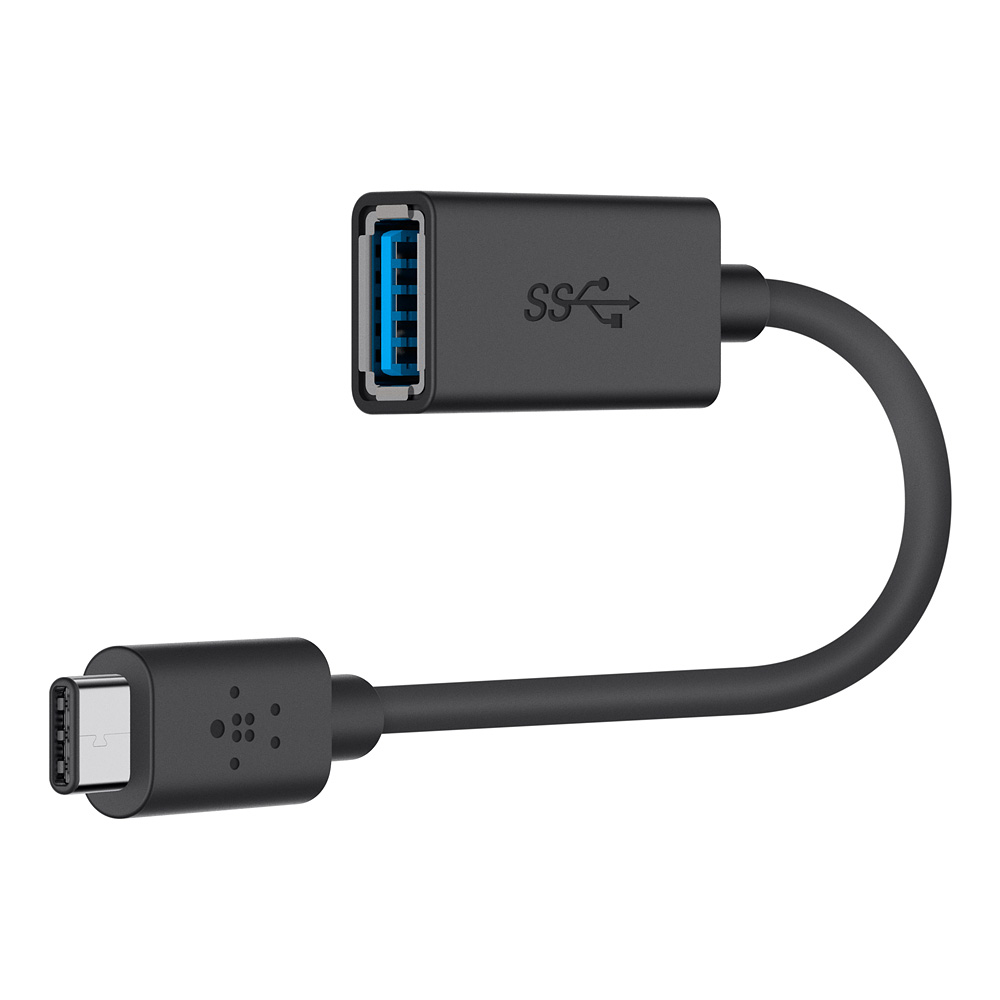
Connectivity Hubs
USB Hubs
As the number of devices we use increases, USB hubs have become indispensable in managing connections. A USB hub expands a single USB port into multiple ports, allowing users to connect several devices at once. These hubs can accommodate various USB types, including USB-A and USB-C, depending on the model.
Using a USB hub simplifies workflows, whether at home or in a professional setting. You can easily connect external drives, printers, and other peripherals without constantly plugging and unplugging devices. Many USB hubs now come with additional features such as power delivery, which lets you charge your laptop while using the hub—the perfect all-in-one solution for modern connectivity needs.
Docking Stations
For a more advanced solution, docking stations take connectivity hubs to the next level. These devices integrate multiple ports and functionalities, offering users a range of connection options. A typical docking station may include HDMI, DisplayPort, Ethernet, USB-A, USB-C, and audio ports.
Docking stations are especially beneficial for laptop users who frequently switch between work and home environments. Simply plug your laptop into the docking station to instantly connect to multiple peripherals, including monitors, printers, and external storage. This convenience allows you to maintain a clutter-free workspace without sacrificing productivity.
Future Trends in Adapters
Embracing Advanced Technologies
As technology evolves, so does the innovation surrounding adapters. Future adapters may harness advancements like USB4, promising even greater speeds and performance than previous versions. These developments will improve data transfer speeds, resolution quality, and overall efficiency when connecting devices.
Moreover, the trend toward wireless technology continues to influence the adapter market. Future innovations could incorporate more comprehensive wireless solutions, enabling seamless connections among devices without the need for physical adapters. The drive toward reducing cords will likely lead to more integrated designs combining audio, video, and power functionality into single products.
Sustainability in Adapter Production
As the global focus on environmental responsibility grows, manufacturers are becoming increasingly aware of the impact of their products on the planet. Future adapters may emphasize sustainability by using recyclable materials and energy-efficient designs. This focus on eco-friendliness will resonate with consumers searching for green alternatives in their tech accessories.
Additionally, companies may place greater emphasis on creating products that are built to last and resist obsolescence. Modular designs that allow users to replace specific components instead of entire devices may also become common. This approach can lead to a reduction in e-waste and provide consumers with more sustainable options.
Conclusion
Understanding the different types of adapter available enhances your ability to connect and enjoy your devices effectively. From USB to HDMI, VGA to audio adapters, these essential tools help bridge the gap between various technologies, ensuring seamless interaction between devices. Moreover, as technology continues to evolve, staying informed about new innovations and trends in adapters can help you meet your connectivity needs.
Being aware of the features, functionalities, and compatibility of each adapter will empower you as you navigate the complex world of electronics. Equip yourself with the right adapters to maximize your productivity and enhance your technological experience, ensuring that you’re always prepared to connect and create in an ever-evolving digital landscape. By making informed choices, you can keep your tech ecosystem functioning smoothly and efficiently while embracing the advancements the future has to offer.
